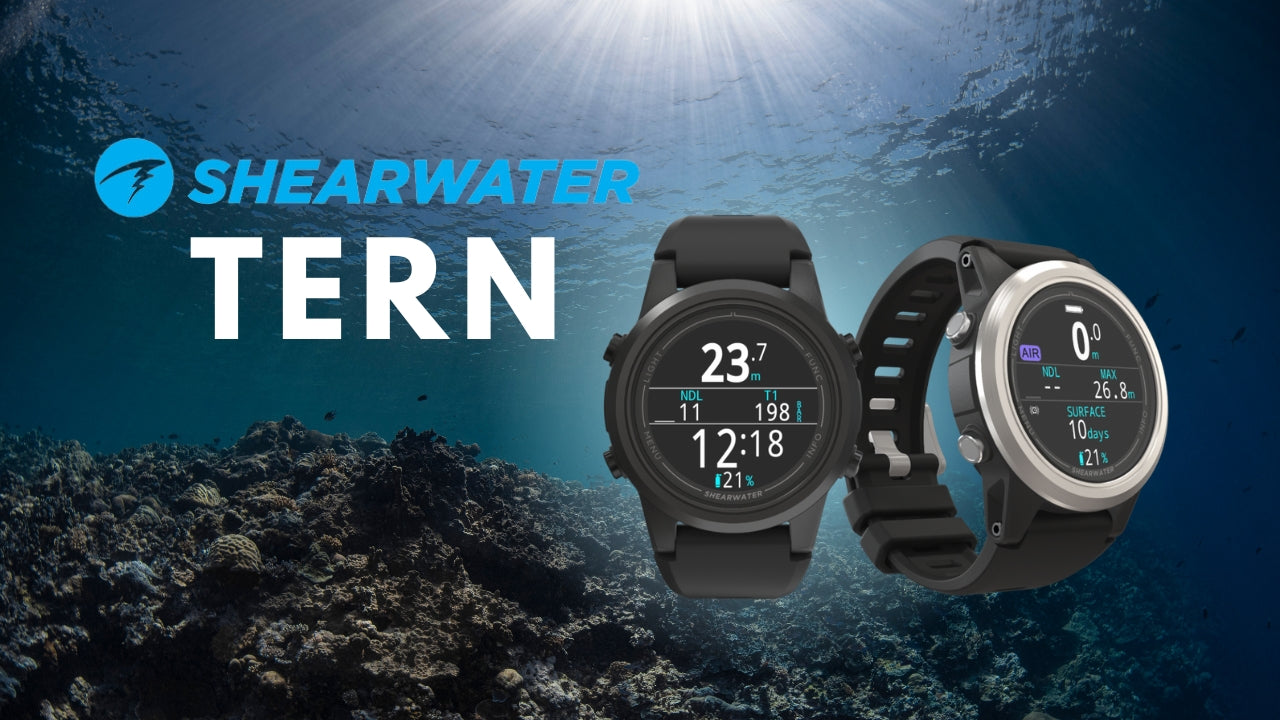How to Check Whether Your Scuba Tank Meets the Safety Standards

The gas tank is among those pieces of scuba equipment that we don’t interact with directly when diving and, therefore, rarely pay attention to. However, it is of crucial importance to make sure that the tank you are using is in good condition, as it supplies you with air underwater. Not only your cylinder has to be of high quality, but it should also be periodically inspected and tested.
First and foremost, you need to know that each scuba cylinder has a series of letters and numbers displayed on its shoulder. In order to determine whether the tank meets safety standards, you need to understand those codes. So let us get down to it.
The permanent markings usually indicate the manufacturer, material used in the construction of the cylinder, the service pressure, cylinder serial number, size and the date of the cylinder's most recent hydrostatic test. The hydro date determines if the tank is safe to fill and use.
Here is an example of how it may look like.

First, we have the regulatory authority markings.
TC-3ALM-207 – Canadian regulatory authority markings.
TC - Transport Canada (showing that the tank meets Canadian specifications).
3ALM - Canada’s specification code for 3-gauge aluminum.
207 - the tank’s working pressure, expressed in bars.
DOT-3AL-3000 – US regulatory authority markings.
DOT - Department of Transportation (showing that the tank meets U.S. specifications).
3AL - U.S. specification code for 3-gauge aluminum.
3000 - the tank’s working pressure, expressed in psi.
In case it was a steel tank, the markings would show 3A or 3AA, instead of 3AL or 3ALM.
S110822 - is a cylinder’s serial number.
Luxfer - is the name of the tank manufacturer. Some other US manufacturers include Pressed Steel, Catalina, Norris Industries and Worthington.
08 - month of manufacture.
04 - year of manufacture.
SO40 - Luxfer’s model number that indicates the capacity of this cylinder in cubic feet at normal working pressure. In this case, it’s 40 cubic feet.
You can also find a plus sign stamped onto the cylinder. This means the tank can be filled up to 10% above its service pressure. Keep in mind though, that this is applicable only to steel cylinders, aluminum tanks should never be filled above service pressure.
Next, you will find the date of the original hydrostatic test as well as additional hydrostatic tests performed by an authorized inspection service. The aim of the hydrostatic test is to find out whether the tank is able to withstand the pressure. In particular, the testing measures the elasticity of the cylinder walls by filling it with water and then pressurizing the water up to 1.6 times the working pressure of the tank. If a cylinder fails the test, it is removed from service immediately.
In the US scuba cylinders must be hydrostatically tested every five years with a six-month grace period. Other countries, such as Australia may require more frequent testing, so pay attention to and follow local regulations, when traveling abroad.
Finally, a scuba cylinder should have a sticker with the date of the last visual inspection (VIP). The tank should be inspected at least once a year by a trained technician. The visual inspection process includes checking for cuts, dents, stress lines, bulges, current hydrostatic test date, and signs of general abuse outside, and pits, corrosion, coating defects, neck cracks, and thread integrity inside. If the tank passes the test, the technician puts the tank back together and applies a new sticker. If your VIP sticker has expired and you try to refill the tank, an air-fill station operators will refuse to do so, until the visual inspection is performed.
In addition to the testing described above, you should personally examine your cylinder before every dive.
Stay safe and happy diving!



![9 Best Dive Computers in 2024 [Reviewed & Updated] - DIPNDIVE](http://dipndive.com/cdn/shop/articles/best_computers2.jpg?v=1658752532)
